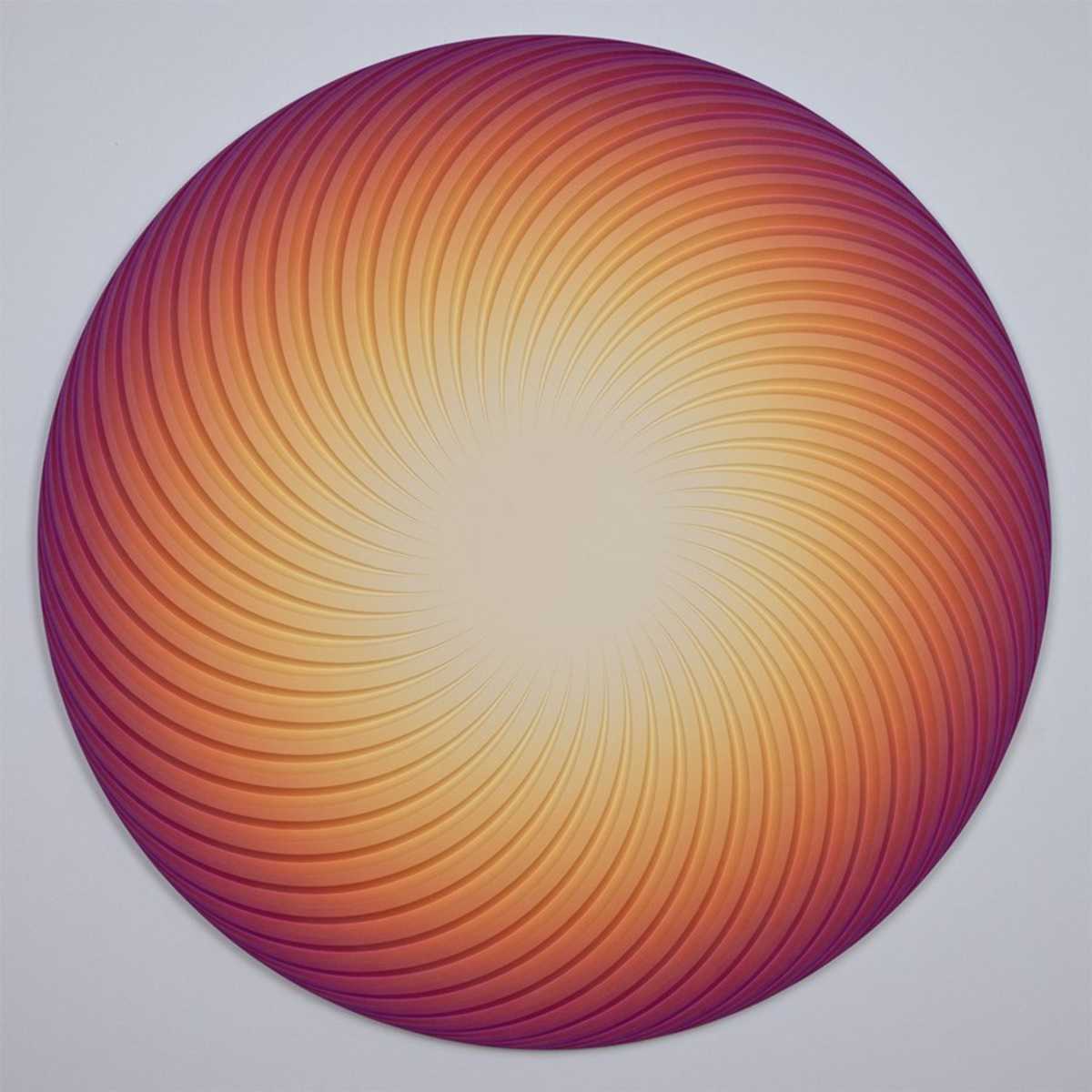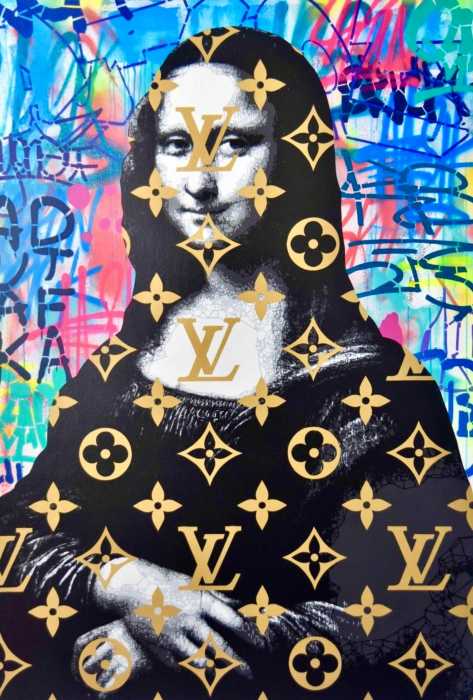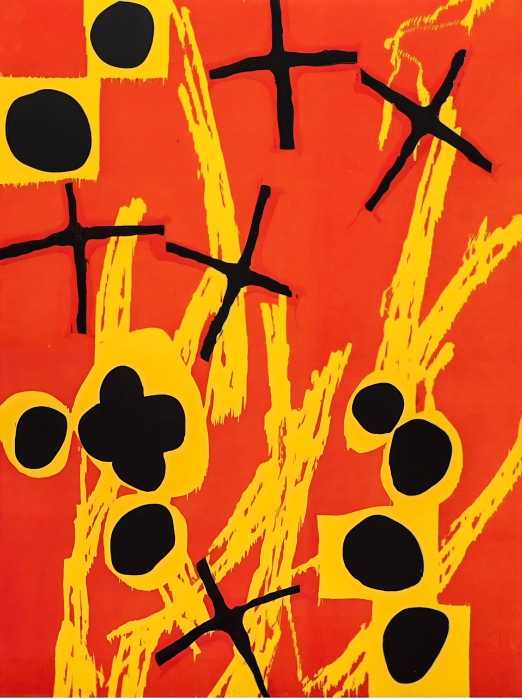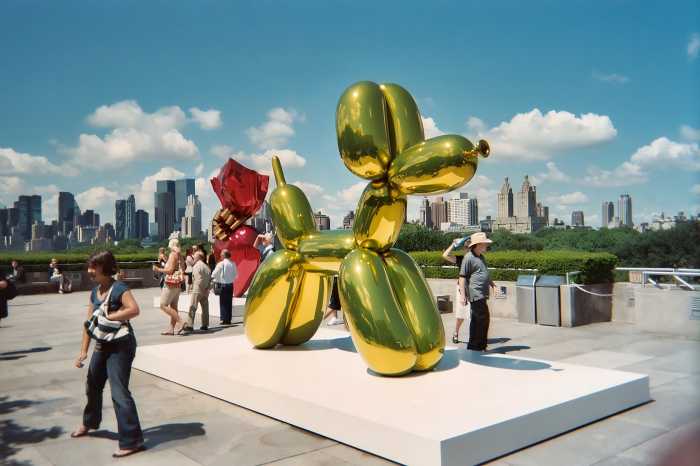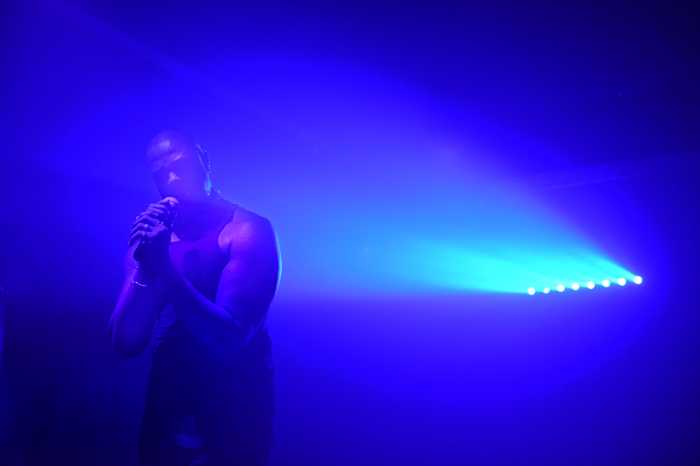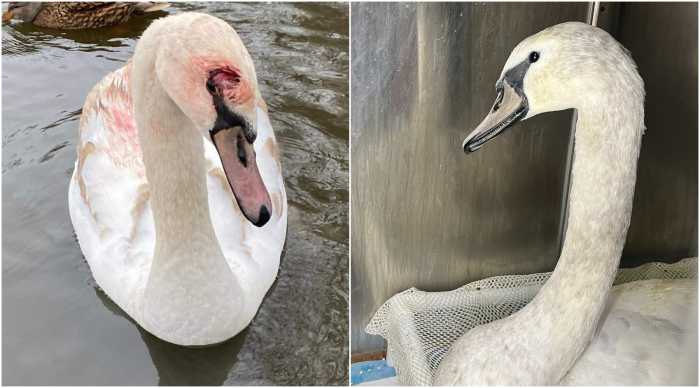Eric Moore’s story defies the well-trodden path of the artist’s genesis.
His journey into the world of creation didn’t unfold in childhood wonder or the predictable embrace of youthful passion. There was no early mastery of form or compulsive sketching in the quiet corners of adolescence. Moore’s awakening came later, in his 20s, as he wandered through the transient, kaleidoscopic world of music festivals.
It was here, amidst the hum of sound and the fluid energy of live painters, that something stirred. Creation didn’t come to him softly — it struck like a revelation, a compulsion born of witnessing the raw act of making in real time.
By 2019, nearly 10 years after that fateful moment, Moore found himself fully immersed in pursuing art not as a hobby but as a vocation. He had broken away from the visionary art forms that had initially seduced him. He hungered for something beyond the ecstatic imagery of his festival days, something more structured yet equally profound.
Geometry, abstraction, minimalism — these became his new territories, a mental landscape where color was not simply an element, but a living force, capable of transformation.
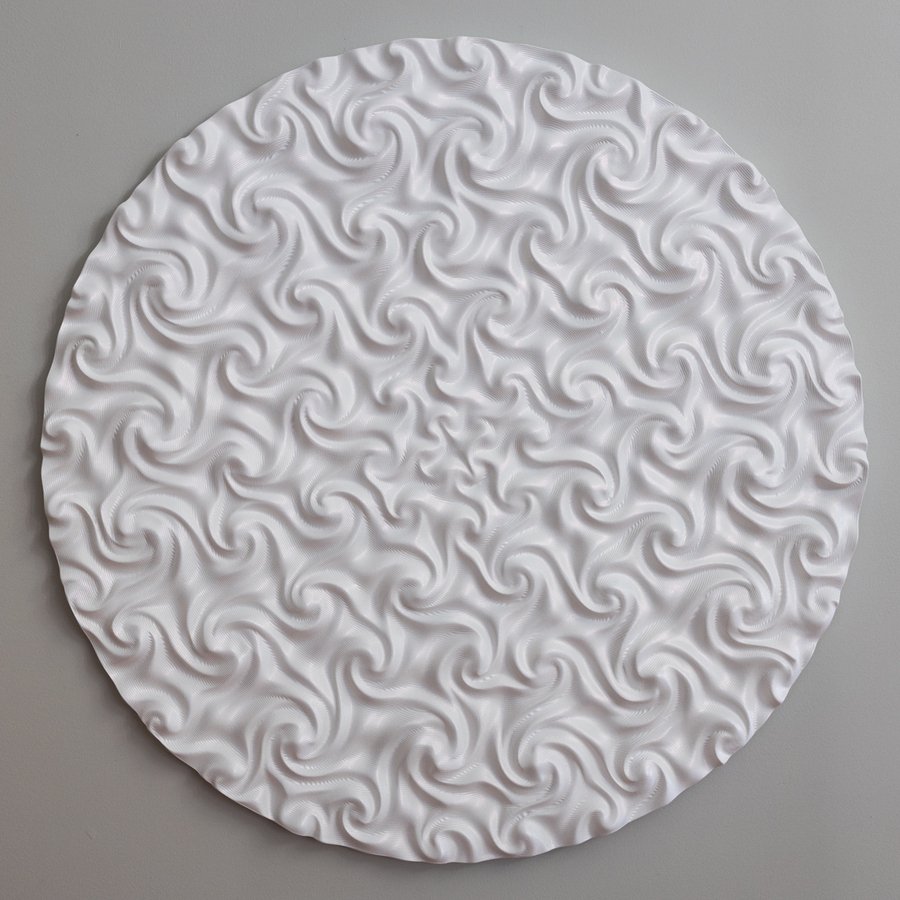
His work throughout 2019 and 2020 evolved into a series of color field paintings, deep explorations into the interaction of light, color, and line. These aren’t just paintings—they are immersive studies in perception, where saturated gradients bleed seamlessly into one another, and concentric bands of color draw the eye inward like a meditation.
The paintings pulse with energy, but their beauty is not in their vibrancy alone. It’s in the subtlety, in the contemplation they invite. Moore’s canvases ask the viewer to abandon the need for reference, for symbolism, for anything that ties them to the external world. Instead, they lead us into abstraction—into pure color and pure feeling.
A sensory meditation, the work is deeply cerebral, although it operates on a level that bypasses the need for narrative. His aim is not to make a point or tell a story. In fact, his minimalist ethos rejects the very idea that art must communicate anything other than its own existence.
Moore isn’t interested in thought as much as he is in the feeling that precedes it. His paintings explore the space where language falls away, and what is left is the sheer, immediate power of color to evoke, to move, to unsettle.
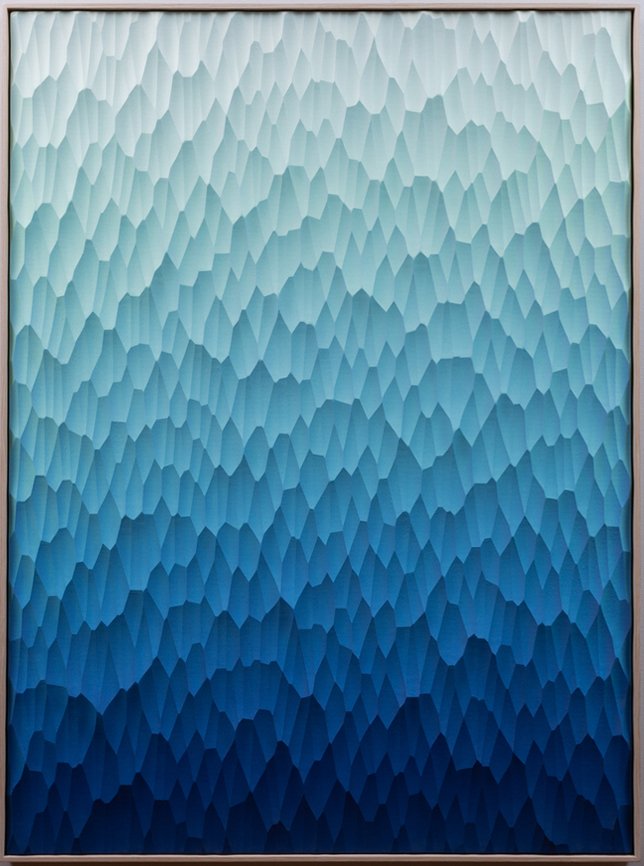
There is a tension between what is seen and what is felt in Moore’s work. His use of color is deliberate—an exploration of how hue, light, and shadow can alter perception, how they manipulate emotion without the burden of form. He is chasing beauty, but not the kind of beauty that can be easily articulated. It’s a beauty that elicits a response that is visceral yet cerebral, a simultaneous pull between the heart and the mind, evoking the kind of contemplation that borders on the meditative.
In transcending the need for external references or cerebral concepts, Moore creates a sanctuary for pure subjectivity. His paintings are not just works to be viewed; they are experiences to be absorbed. The viewer is not an observer but a participant, drawn into the rhythmic interplay of color and space, where time suspends and thought dissolves. What remains is the feeling—a potent, inescapable sense of beauty that lingers long after the eyes have turned away.
Moore’s pursuit is clear: to carve out a space where beauty exists for itself, unmediated by intellect or expectation. He seeks not to instruct but to invite, not to declare but to evoke. And in doing so, he crafts a quiet revolution in color—one that speaks not to the mind, but to the deep, unnameable places within us all.
Moore’s work is currently on display at DTR Modern Gallery Boston. Visit dtrmodern.com for further information.
Read More: https://www.amny.com/entertainment/arts-entertainment/



